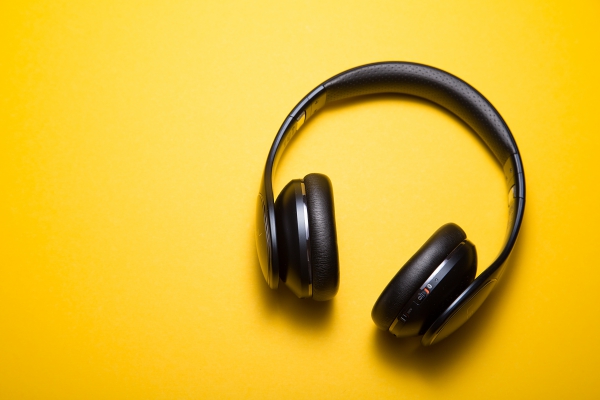
How Does Sound Therapy Help Our Brains?
Sound therapy is currently getting some limelight. If you’ve heard of “sound baths,” then you know of the attested benefits of soaking your brain and body in the ambiance of relaxing, rich sounds. This is not new. For thousands of years, cultures have been using sounds and music—from chanting to gongs and strings—to heal the sick. As it turns out, there’s more than just theory behind this, there’s science.
There are sounds all around us at every moment. The human ear doesn’t have “ear” lids to cover our ears when we sleep, so it’s on 24/7 and never gets a break from listening. The brain, then, never gets a break from processing sounds. For some people, the amount of auditory processing that the brain experiences becomes overwhelming and can create problems. This is often because their auditory system could use some exercise.
Sounds are a powerful tool used not only to enhance the auditory system as a whole, but also to lower stress and, in some cases, lessen pain. This study found low-frequency sounds to positively help women with fibromyalgia. Another study by the British Academy of Sound Therapy (BAST) found that 95% of clients suffering from stress and anxiety became more relaxed after sound treatment. This study found sound therapy by The Listening Program (TLP) to be a positive intervention for autistic patients, as well as beneficial for numerous other learning disabilities and challenges. Indeed, the studies are numerous and only rising.
But how exactly does sound therapy work?
First, it should be noted that there is a difference between some sound therapies. A vast majority of sound therapists operate off of the idea that we all have sound frequencies in our bodies, and that listening to sounds can sometimes bring these energies into balance. Other sound therapies operate off of an understanding of the auditory system, using acoustically modified music to activate the cochlea in the inner ear, and thus the brain overall.
The cochlea is a coiled up organ inside the inner ear that creates nerve impulses in response to sound vibrations. Think of it like a high-tech device that “decodes” the sounds you hear and sends that decoded message to the brain. Different parts of the cochlea are responsible for different vibrations (even ones that are too low or too high to consciously hear).
Sound therapists practicing this technique utilize music that is acoustically modified, with frequencies targeting all the different parts of the cochlea, to train those different parts by activating them regularly. This creates a stronger, less-sensitive, and more precisely attuned auditory system that is ready to send accurate communication to the brain, thus creating smoother processes for the brain to perform.
This is needed in our current culture for a few reasons:
- Children and adults tend to spend more time indoors, thus limiting the frequencies available to their ears and potentially causing the cochlea to weaken over time.
- On the other hand, it is becoming all-too-common with the use of poor headphones and ear-buds (and loud concerts) to overload our ears with too many noises, thus exhausting and weakening the cochlea.
- There is a rise in learning disabilities in America, and many children diagnosed with learning disabilities are found to also have auditory processing delays because the symptoms of a learning disability and central auditory processing disorder often overlap. Furthermore, auditory processing issues are often an underlying contributor to the learning struggles. This is because the brain has to work double-time to process its surroundings through the auditory system, making everything more difficult and tiring.
How do we use sound therapy at Pathfinders?
At Pathfinders, we individualize each student’s listening protocol (based on their initial assessment) to make sure that their auditory system is receiving exactly what it needs to enhance areas of learning and performing. We use acoustically modified listening programs created with finely tuned and patented technology that has yielded proven results.
After the assessment, a listening protocol is designed for the student and sent home to keep forever so that this powerful tool will always be at their disposal. While they are at Pathfinders, we help students and their parents learn how to track their listening and watch for changes. The results we see are amazing! If you think you or your child might be able to benefit from sound therapy, comment below or contact us privately. We can help!